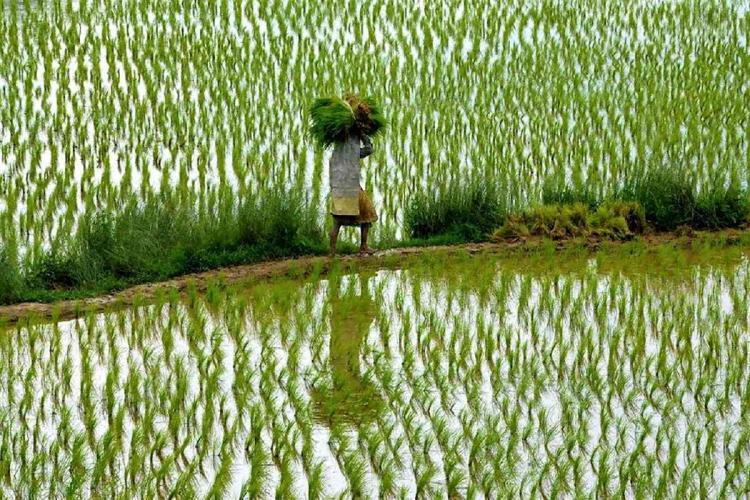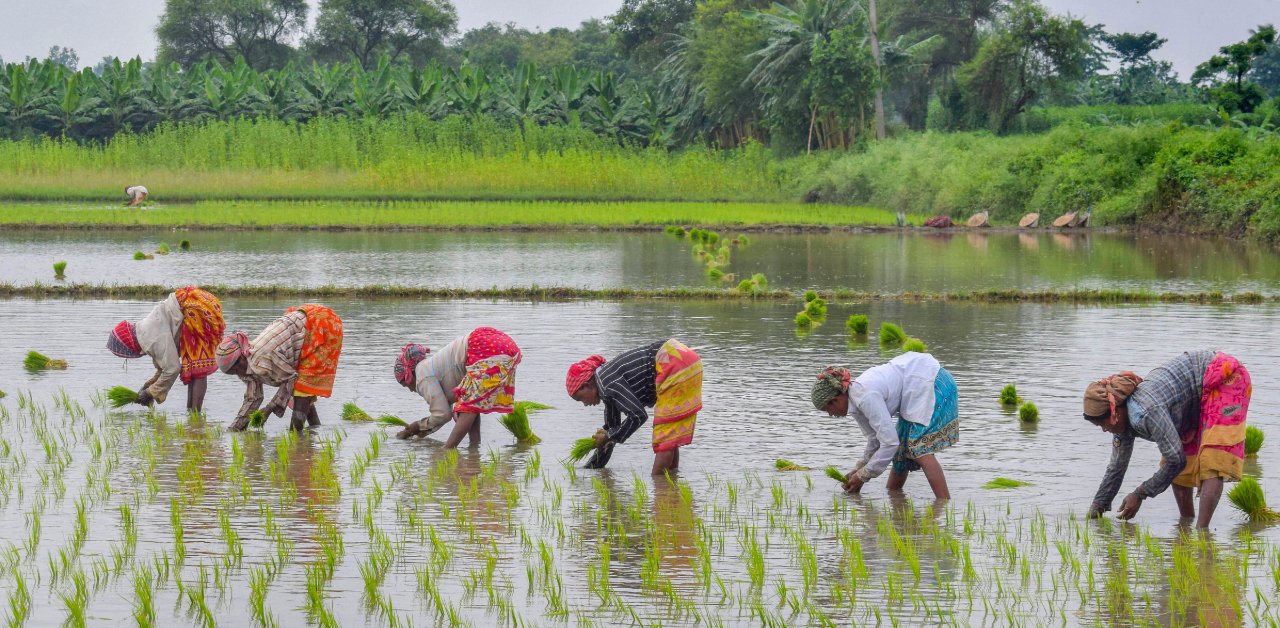
- Home
- India
- World
- Premium
- THE FEDERAL SPECIAL
- Analysis
- States
- Perspective
- Videos
- Sports
- Education
- Entertainment
- Elections
- Features
- Health
- Business
- Series
- In memoriam: Sheikh Mujibur Rahman
- Bishnoi's Men
- NEET TANGLE
- Economy Series
- Earth Day
- Kashmir’s Frozen Turbulence
- India@75
- The legend of Ramjanmabhoomi
- Liberalisation@30
- How to tame a dragon
- Celebrating biodiversity
- Farm Matters
- 50 days of solitude
- Bringing Migrants Home
- Budget 2020
- Jharkhand Votes
- The Federal Investigates
- The Federal Impact
- Vanishing Sand
- Gandhi @ 150
- Andhra Today
- Field report
- Operation Gulmarg
- Pandemic @1 Mn in India
- The Federal Year-End
- The Zero Year
- Science
- Brand studio
- Newsletter
- Elections 2024
- Events
- Home
- IndiaIndia
- World
- Analysis
- StatesStates
- PerspectivePerspective
- VideosVideos
- Sports
- Education
- Entertainment
- ElectionsElections
- Features
- Health
- BusinessBusiness
- Premium
- Loading...
Premium - Events

Why the rice bowl in Kerala is shrinking
From 7.6 lakh hectares in 1955-60, the area under paddy cultivation in Kerala has come down to just 2.5 lakh hectares in 2018-19.

For 56-year-old Isaac, a farmer from Kerala’s Alappuzha, growing rice is no longer profitable but that’s all he knows and does best. “That’s the only thing I know. Also, I love paddy farming,” says Isaac who has been farming in 100 acres of leased paddy fields in Kuttanad. Isaac is not the first from his family to do so. His father and grandfather both did the same for a living. But...
For 56-year-old Isaac, a farmer from Kerala’s Alappuzha, growing rice is no longer profitable but that’s all he knows and does best.
“That’s the only thing I know. Also, I love paddy farming,” says Isaac who has been farming in 100 acres of leased paddy fields in Kuttanad.
Isaac is not the first from his family to do so. His father and grandfather both did the same for a living. But he isn’t sure his children would continue the legacy. Isaac’s son is an engineer while his daughter has completed her post-graduation in commerce and is working with a private firm. “My children have no plans to work in the fields.”
But Isaac can hardly blame his children. “Paddy farming is no longer viable.”
A farmer, he says, has to bear the labour cost for everything — ploughing, sowing, weeding and pest control. A worker typically gets ₹700-800 for sowing one acre of paddy field while weeding is mostly done by women. Each gets ₹450-500 for six hours of weeding. Then you have to pay separately to workers who load grains of sacks onto vehicles at ₹110 per quintal rate. “But there is an acute shortage of workforce even if farmers are ready to pay.”
A reason for this, Isaac says, is that the younger generation refuses to come and work in the fields.
A journey through Kerala indeed points towards the generational shift in its agriculture fields.
Farmers ageing, gen next uninterested
“You can’t see anyone less than 40 years sweating it out in the paddy fields, except migrant workers,” says Manoharan, a farm labourer from Kuttanad.
Manoharan is 58 and has been working in the paddy fields since he was 25. His wife too works in the paddy fields. “I have two children, both of them have completed higher studies and have no plans to follow my path,” says Manoharan.
The lush green paddy fields are not just synonymous to Kerala’s landscape but also deeply attached to the life and culture of its people and their food habits. State festivals like Onam and Vishu are, in fact, harvest celebrations. For all practical purposes, paddy farming has been central to Kerala’s culture. The village romance in countless Malayalam movies blooming amid the paddy fields is a testimony to that.
Despite all this, Kerala’s paddy cultivation has been facing a very serious crisis over the years.
The state produces less than 20 per cent of the rice it needs in a year, according to the official statistics. The area under paddy cultivation has declined by 15 per cent over a span of 10 years and production has dropped 3.5 per cent, according to the Economic review of 2019.
From 7.6 lakh hectares in 1955-60, the area under paddy cultivation in Kerala has come down to just 2.5 lakh hectares in 2018-19.
According to estimates, Kerala needs 40 lakh tonnes of rice every year, but the domestic production is only 8 lakh tonnes, and the rest comes from neighbouring states such as Tamil Nadu, Andhra Pradesh and Karnataka.

Kuttanad, where Isaac and Manoharan are struggling to sow their dreams, is one of the few regions in India where paddy is cultivated below sea level. According to a report by the state Planning Board, farmers in the region have developed and mastered the technique of below-sea level cultivation of paddy over 150 years. This unique system in Kuttanad has many similarities with the Dutch polder system, which is also recognised as a GIAHS (Globally Important Agricultural Heritage System) by the FAO.
Despite such a unique cultivation system, paddy farming no longer holds charm for the farmers of the area or their children.
Changes in land use pattern, increasing urbanisation, affinity towards cash crops, escalating cost of labour, which leads to lower profits, inadequacy of mechanisation and the unprecedented climatic changes together have taken a toll on paddy cultivation in Kerala, say agricultural experts.
Ecological impact
MP Abraham, assistant professor of Economics at Government College, Attingal, who has done a trend analysis of paddy cultivation in Kerala over 20 years since 1980 to 2013, observes that the problem is not just about food security, but is multifaceted. “Kerala has more than 90 per cent deficit in food production. There are ecological impacts too.”
He observes that the decline in paddy cultivation contributes to the decrease in ground water recharging.
“It also leads to the destruction of the rice-producing ecosystem in terms of land cover, land quality and capability, and climate. One acre of paddy land has the capacity to store 1,200 cubic meter ground water. As a result of the disappearance of 7 lakh hectares of paddy lands between 1970 and 2010, we have lost 82 crore cubic meter ground water,” says his study published in July 2019.
According to experts, economic prosperity achieved by migration has resulted in increased urbanisation. The agricultural land is massively converted for non-agricultural purposes. Also, there has been a shift to cash crops such as rubber, tea, coconuts and spices, which also played a pivotal role in sustaining the economy of the state.
The inconsistency in weather conditions and the drastic climate changes over the last few years have made things worse in Kerala. A report by the State Planning Board estimated that paddy crop cultivated in about 15,000 hectares was inundated in Kuttanad region in the 2018 floods. Only 3,605 hectares was insured, and this meant a huge loss for farmers.
“It seems that Kerala can’t breathe easy anymore. Natural disasters have become an annual event. I have no idea how to go ahead with farming,” says Thomas Kurian, who has been doing organic farming of paddy in Alappuzha. He says he would continue for a few more years but will give up if rains and floods become the new normal.

If the floods alone were not enough of a crisis, the coronavirus added to the farmers’ woes.
Farmers who were hit hard by the recurring floods and heavy rain have now been affected by COVID-19. It is estimated that there was a loss of about ₹15 crore in the paddy sector, due to loss of grain and delayed transportation of grain in the first three months of the lockdown in the wake of the pandemic.
But agricultural scientists believe there also has been a change in consumption pattern. And this could be a way out of the crisis.
Adapting to change
“Making deliberate attempts to bring changes in the consumption pattern is one way out,” says Dr Indira and agriculture expert and a retired professor of Kerala Agriculture University.
She feels that people of Kerala have great adaptability skills and it should not be difficult to make changes in their food habits.
“In my understanding, there is a decline in the consumption of rice. People have started bringing diversity in food because of the exposure they had,” she notes.
There are studies that ratify her observation. A research carried out by Kerala Agriculture University found that consumption of rice was 9.3 kg in rural areas of the state in 1993-94. This decreased to 8.4 kg in 2004-05 and further to 7.2 kg in 2011-12. The trend is stronger in urban areas, where it dropped to 4.5 kg in 2011-12 from 8.5 kg in 1993-94.
However, the state government is not giving up, and is instead making efforts to enhance the production of rice. In last year’s budget, the Kerala government announced the establishment of Rice Technology Parks in the state.
Additionally, the Civil Supplies Corporation has been procuring rice grains from farmers directly, saving them from the exploitation of private mills.
The government provides support price to the farmers which would make up for their losses to a great extent. “Farmers get ₹26.5 for a kilogramme of rice when procured by the government,” says Surendran, secretary of PAPCOS (Processing and Marketing Cooperative Society), a federation of 30 village level cooperative societies in Palakkad district.
